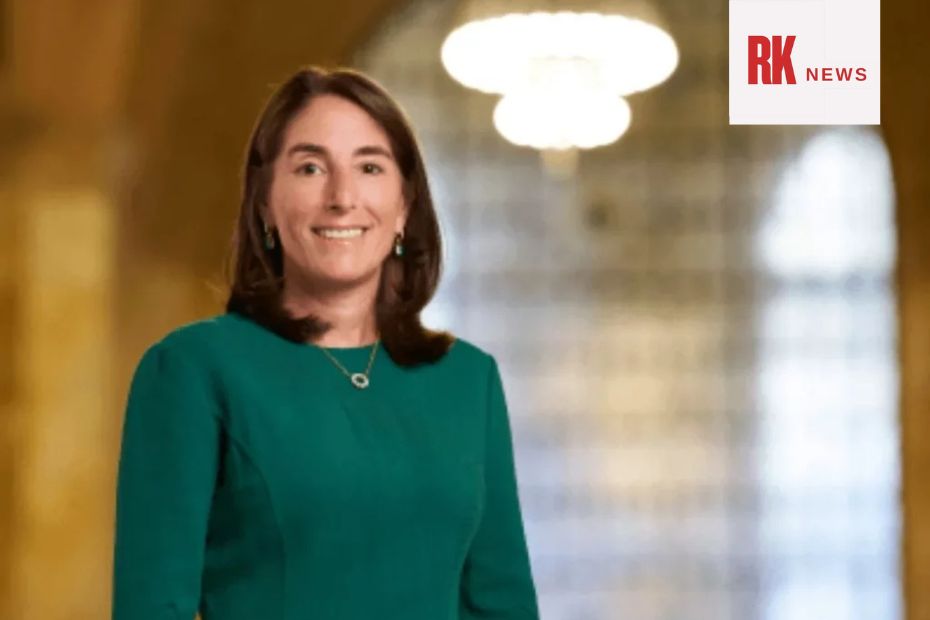Washington, D.C. — As financial markets continue to navigate a wave of volatility and economic crosscurrents, Cleveland Federal Reserve President Beth Hammack is urging a patient, data-driven approach to monetary policy.
Speaking at the Money Marketeers of New York University, Hammack emphasized that now is not the time for preemptive action from the Fed. “This is not a good time to be preemptive,” she stated. “This is a good time to watch and wait.”
With just weeks until the next Federal Open Market Committee (FOMC) meeting, Hammack’s comments add to the growing consensus within the central bank that caution is essential as economic uncertainty persists.

Hammack highlighted that businesses across the country are hesitating to make long-term commitments due to the unpredictable economic outlook. She noted that uncertainty is one of the most significant challenges facing the economy today, and any hasty moves by the Fed could risk further destabilization.
Her remarks suggest a desire to allow more time for previous interest rate hikes and policy changes to take full effect before considering any new shifts.
At the same time, Hammack offered insights into the Fed’s ongoing balance sheet reduction process, known as quantitative tightening (QT). Since the pandemic, the Federal Reserve’s holdings had ballooned to nearly $9 trillion.
That number has since declined to approximately $6.8 trillion as the Fed lets maturing Treasury and mortgage-backed securities roll off without reinvestment. While the Fed recently slowed the pace of this drawdown, Hammack made it clear that she supports the continuation of QT, but in a way that avoids disrupting market liquidity.
“We still appear to have more than enough reserves in the system,” she said. “I expect that by slowing the pace of runoff, we will be able to let the process continue for longer.”
Despite the reduction in pace, Hammack pushed back against any suggestion that the Fed was signaling an end to QT or settling on a permanently larger balance sheet. Instead, she framed the slowdown as a way to ensure market stability while continuing to draw down excess liquidity.
She also noted that in times of elevated volatility, the Fed may still need to use temporary tools, such as open market operations, to keep short-term interest rates within the target range—even when reserves are ample.
Hammack also addressed the broader market environment, describing recent fluctuations in money markets as a natural and even healthy sign. “Some volatility is not a bad thing,” she said, cautioning that an overly large balance sheet could suppress normal market dynamics and encourage excessive risk-taking.
She underscored that while the Fed stands ready to intervene if necessary, the threshold for action remains high. “There has to be an incredibly high bar for the Fed to step in and say things aren’t working,” she added, echoing recent comments from Fed Chair Jerome Powell.
In summary, Beth Hammack’s remarks reflect a careful balancing act. While the Fed continues to unwind its massive pandemic-era stimulus, she believes the path forward requires deliberate action, not reaction.
Her comments reinforce the Fed’s current strategy: remain vigilant, avoid premature policy changes, and allow the data to guide next steps. With the next FOMC meeting approaching, investors and analysts alike will be watching closely to see how Hammack’s message of patience influences the broader direction of U.S. monetary policy.
